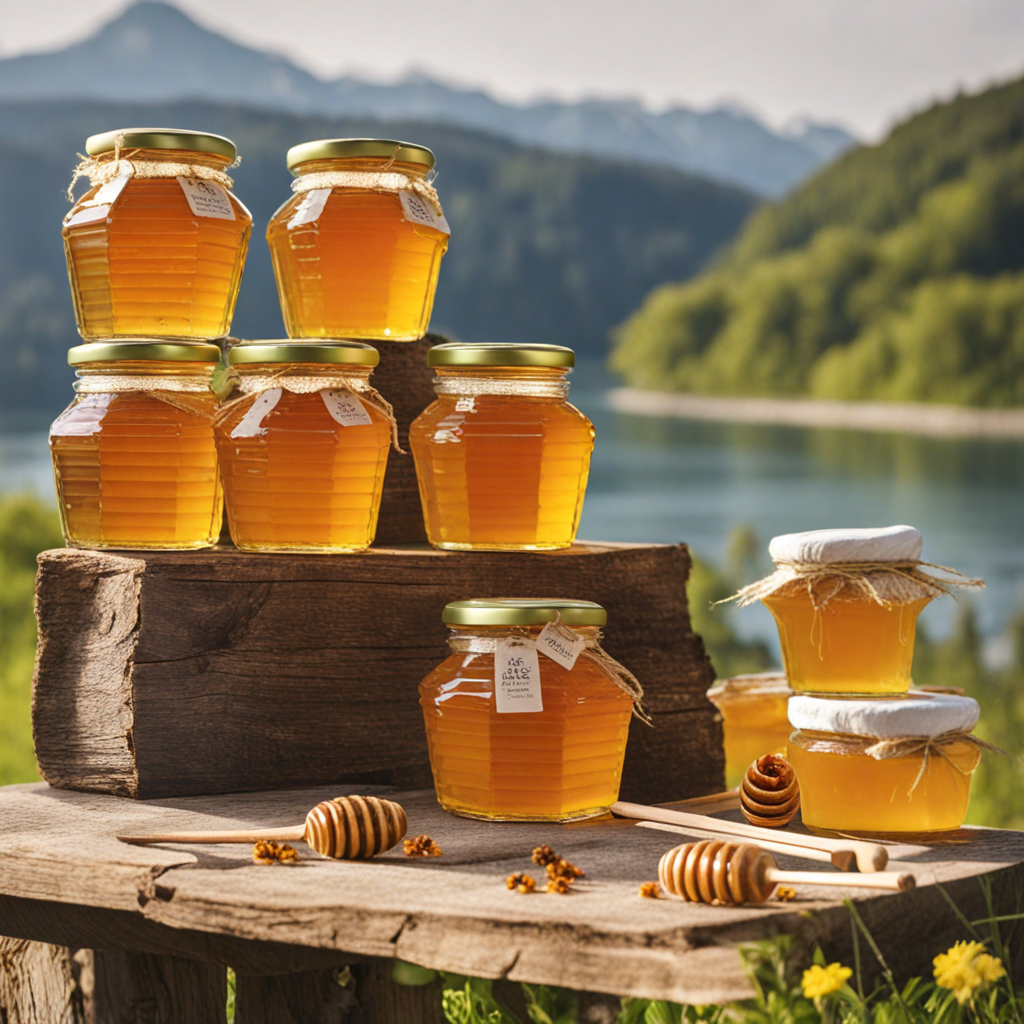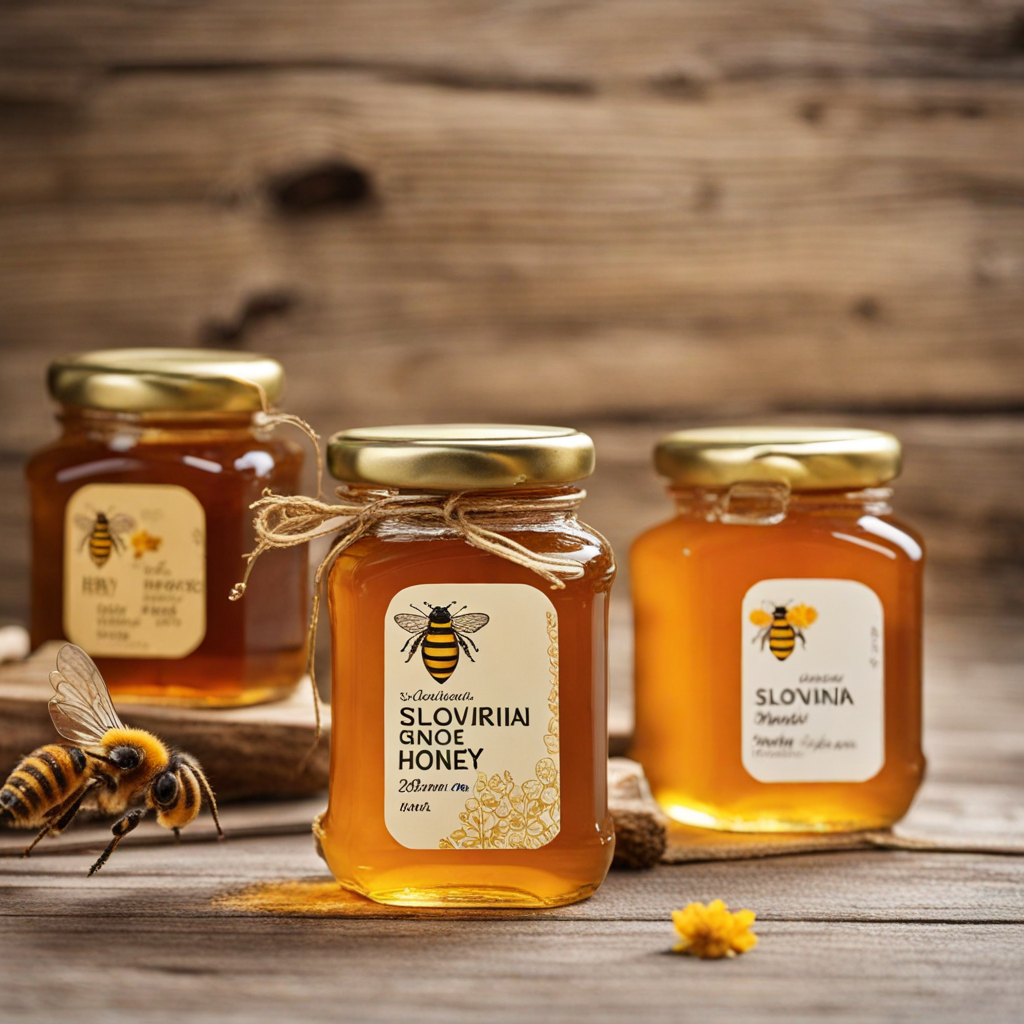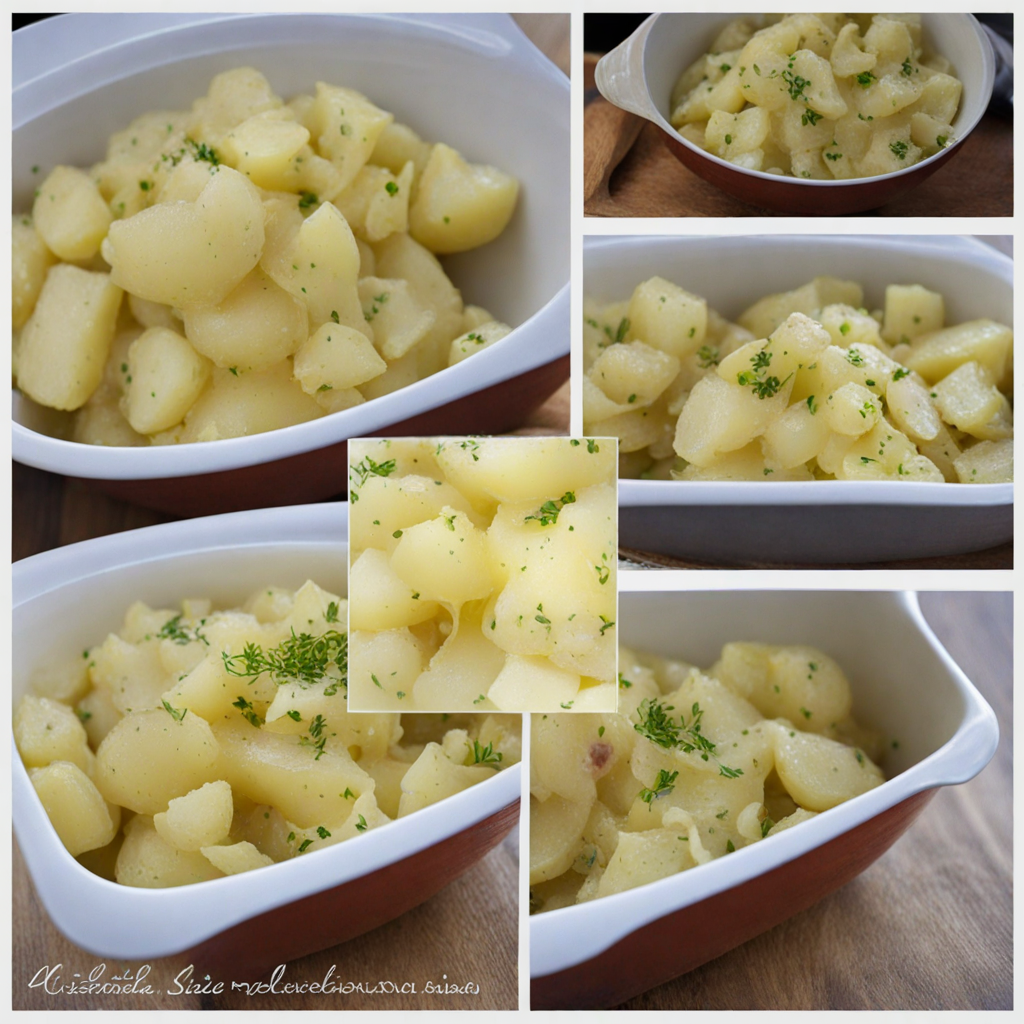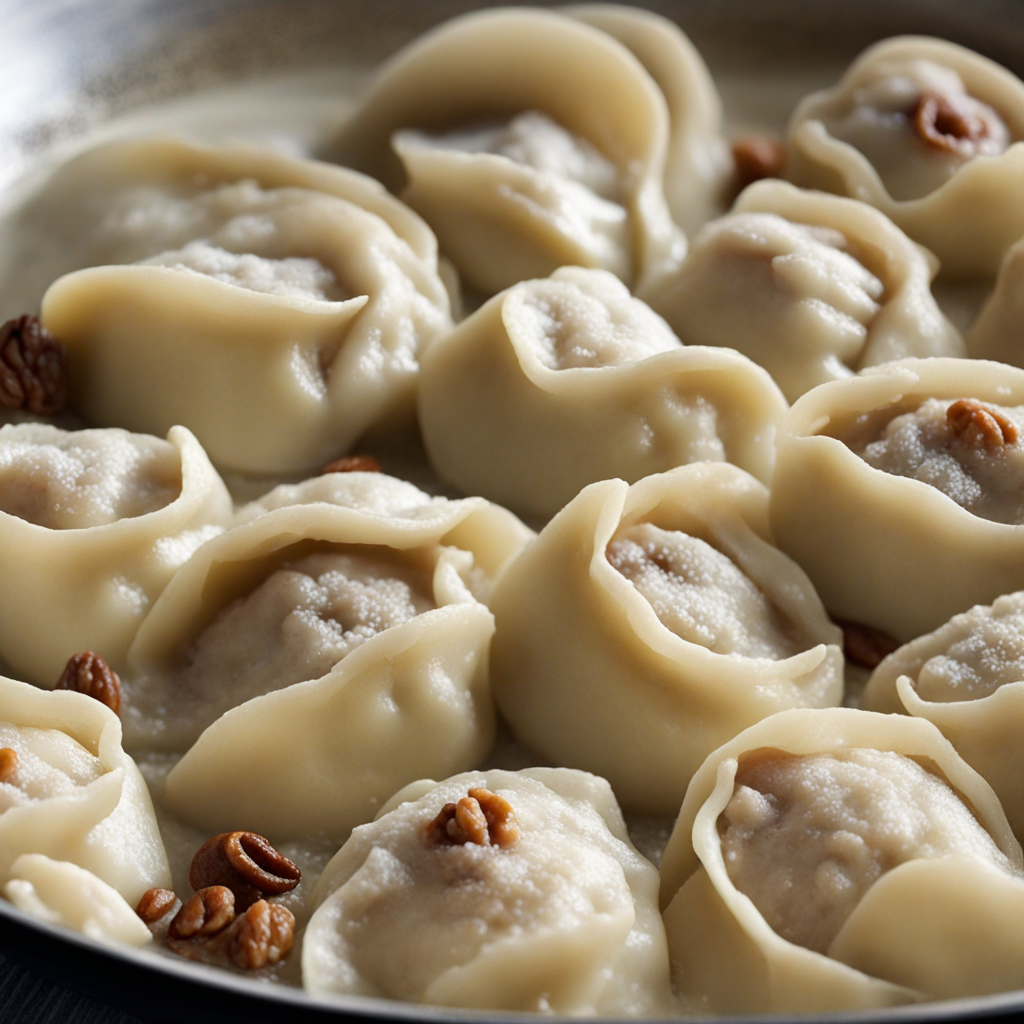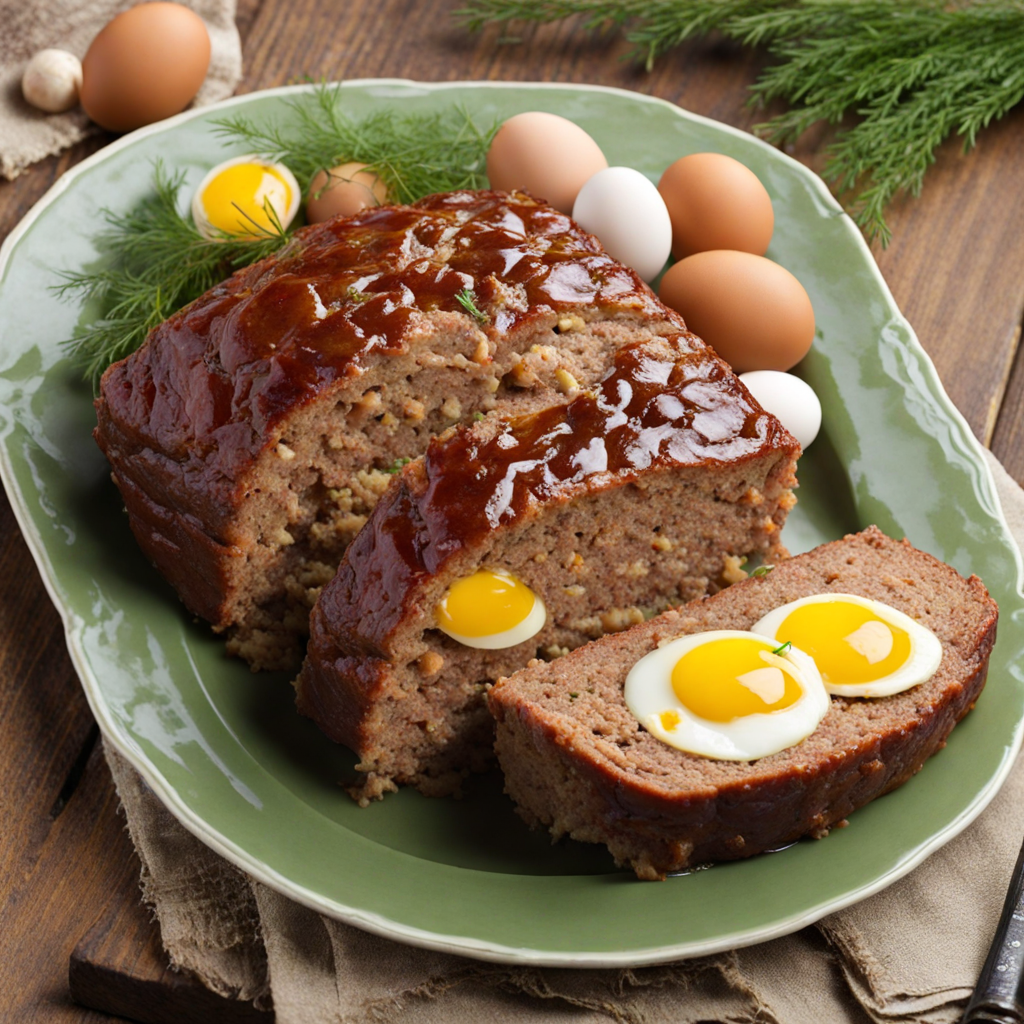Slovenian Honey
Slovenian Honey is a unique and exquisite culinary delight that reflects the diverse flora and rich traditions of Slovenia. Known for its exceptional quality, this honey is produced by bees that forage on a variety of wildflowers, herbs, and fruit trees found in the picturesque Slovenian countryside. The result is a honey that boasts a complex flavor profile, ranging from sweet and floral to slightly herbal, depending on the season and the specific blooms available. Each jar of Slovenian Honey tells the story of the local environment and the beekeeping practices that have been passed down through generations, making it a true representation of Slovenia’s natural bounty. The color of Slovenian Honey can vary from light amber to dark brown, with a texture that is typically smooth and creamy. Its aroma is captivating, often featuring hints of wildflowers and fresh herbs, inviting you to take a taste. When you do, you'll experience a delightful balance of sweetness and a subtle tang, with a lingering finish that leaves a pleasant aftertaste. This honey is not only delicious on its own but also serves as a versatile ingredient in various dishes, from drizzling over cheese platters and yogurt to sweetening teas and marinades, enhancing both flavor and nutrition. In Slovenia, honey holds cultural significance and is often associated with traditional practices and celebrations. Beekeeping is revered, with many local artisans producing specialty honeys infused with unique flavors, such as honey from the fragrant linden blossoms or the rich, robust chestnut honey. Slovenian Honey is also celebrated for its health benefits, packed with antioxidants and natural enzymes that promote wellness. Whether enjoyed straight from the jar or incorporated into your favorite recipes, Slovenian Honey offers a delightful journey into the heart of Slovenia’s culinary heritage, making it a must-try for anyone eager to explore new and enchanting flavors.
How It Became This Dish
The Sweet Heritage of Slovenski Med: A Journey Through Time #### Origins of Slovenski Med Slovenski med, or Slovenian honey, is much more than a sweet treat; it is a symbol of Slovenia's rich natural heritage and cultural identity. The history of Slovenski med can be traced back thousands of years, with archaeological evidence indicating that honey was harvested in the region as far back as the Stone Age. Ancient Slovenians, like many other cultures, revered honey not only for its delicious flavor but also for its medicinal properties. The honeybees that produce Slovenski med thrive in Slovenia's diverse ecosystems, which range from lush forests to alpine pastures. This variety of flora contributes to the unique flavors and qualities of the honey. Slovenia is home to a rich biodiversity of plants, including linden, wildflowers, and chestnut trees, which all provide distinct nectar sources and influence the honey's taste and aroma. The traditional beekeeping practices of Slovenians have allowed this unique relationship between bees and their environment to flourish. #### Cultural Significance The cultural significance of Slovenski med is deeply interwoven with the Slovenian identity. Beekeeping has long been a vital part of Slovenian rural life, and it is often associated with family traditions passed down through generations. The practice of beekeeping is recognized as a cultural heritage, so much so that in 2010, the United Nations declared Slovenia's beekeeping traditions as part of the Intangible Cultural Heritage of Humanity. This acknowledgment underscores the importance of bees not just for honey production but also for biodiversity and food security. In Slovenia, honey is not merely a food item; it is a symbol of health, prosperity, and community. Honey is often gifted to friends and family during special occasions, such as weddings and holidays, as a symbol of good luck and sweetness in life. It is also used in various traditional dishes and remedies. Slovenians believe in the health benefits of honey, and it is often used in folk medicine to treat ailments ranging from sore throats to digestive issues. #### The Development of Beekeeping in Slovenia The development of beekeeping in Slovenia has evolved significantly over the centuries. While ancient beekeeping methods relied on hollowed-out tree trunks and clay pots, the introduction of the modern beehive in the 19th century revolutionized the practice. The Langstroth hive, which allowed for easier management of bees and honey extraction, quickly gained popularity among Slovenian beekeepers. In the early 20th century, Slovenian beekeeping saw a resurgence, partly due to the efforts of Anton Janša, a pioneer in the field and a prominent figure in the development of modern beekeeping techniques. Janša’s work laid the foundation for beekeeping practices that are still utilized today. His contributions included improved hive designs and a greater understanding of bee behavior, which helped increase honey production and quality. The Slovenian government has recognized the importance of beekeeping in the national economy and culture. Initiatives to promote sustainable beekeeping practices and protect bees have been implemented, reflecting a deep commitment to environmental stewardship. The establishment of the Beekeeping School in Ljubljana in 1947 was another significant step in formalizing beekeeping education, ensuring that future generations of beekeepers are well-trained in both traditional and modern practices. #### Modern Times and Global Influence In recent years, Slovenski med has gained international recognition, with various types of honey, such as linden, chestnut, and wildflower, finding their way to markets around the world. The Slovenian beekeeping community is dedicated to maintaining high standards of quality and sustainability. Many beekeepers adhere to organic practices, avoiding pesticides and prioritizing the health of their bees. Slovenian honey has also become a key component of the country’s gastronomy. Chefs and food enthusiasts are increasingly using honey in innovative ways, incorporating it into sauces, desserts, and even savory dishes. Traditional recipes, such as the famous “medenjaki” (honey cookies), highlight the versatility of honey in Slovenian cuisine. Slovenski med is also celebrated during various festivals throughout the year. The most notable of these is the annual Honey Festival in the capital city of Ljubljana, which showcases a wide variety of honey products, beekeeping tools, and culinary creations. This festival serves as a platform for beekeepers to share their knowledge, promote their products, and educate the public about the importance of bees to our ecosystem. #### Challenges and Sustainability Despite its rich heritage and cultural significance, Slovenski med faces modern challenges, particularly from climate change and industrial agriculture. Fluctuating weather patterns can affect flower blooming cycles, reducing the availability of nectar for bees. Additionally, pesticide use in conventional farming poses a significant threat to bee populations, highlighting the importance of sustainable practices. In response to these challenges, the Slovenian beekeeping community has taken proactive measures to promote biodiversity and protect bee habitats. Initiatives aimed at planting wildflowers and creating bee-friendly environments are being implemented across the country. Education and awareness campaigns about the importance of bees in agriculture and food production are also gaining traction, ensuring that everyone understands the vital role these tiny creatures play in our ecosystem. #### Conclusion Slovenski med is a testament to Slovenia's rich cultural heritage, environmental diversity, and the harmonious relationship between humans and nature. From ancient times to modern practices, honey has been a source of sustenance, health, and community bonding. As Slovenia continues to navigate contemporary challenges, the tradition of Slovenski med stands resilient, embodying a commitment to sustainability, quality, and the enduring sweetness of life. The story of Slovenski med is not just a history of a food product; it is a celebration of culture, nature, and the timeless connection between people and the land they inhabit.
You may like
Discover local flavors from Slovenia


